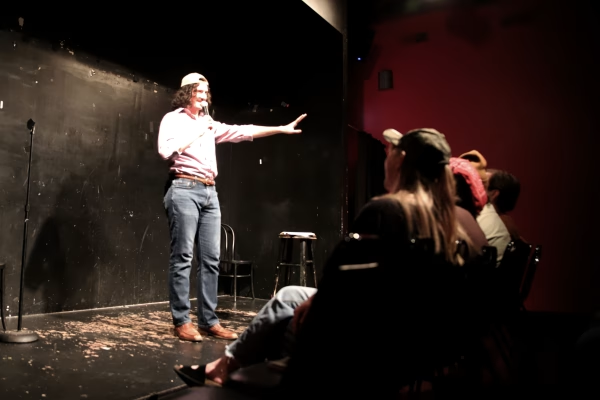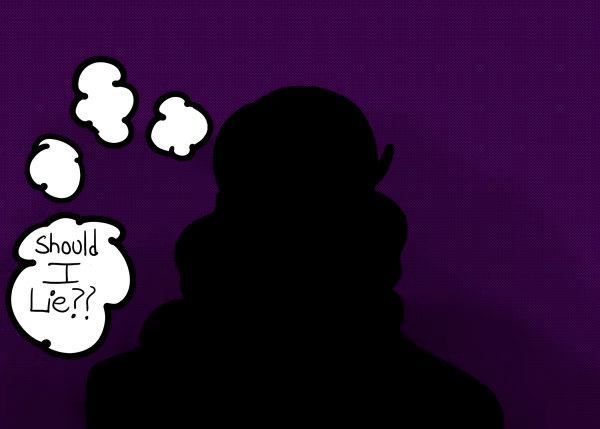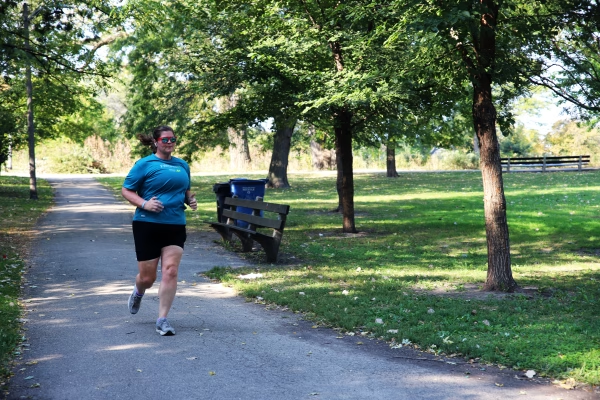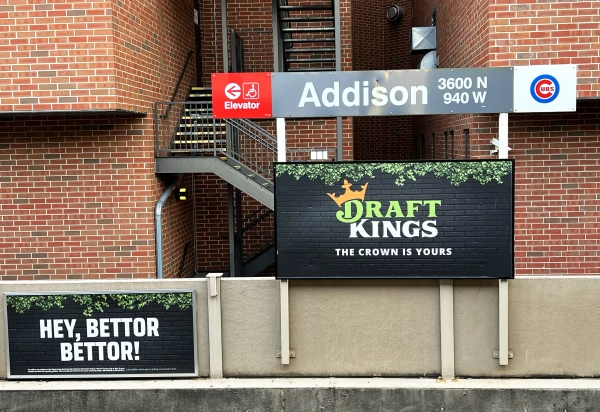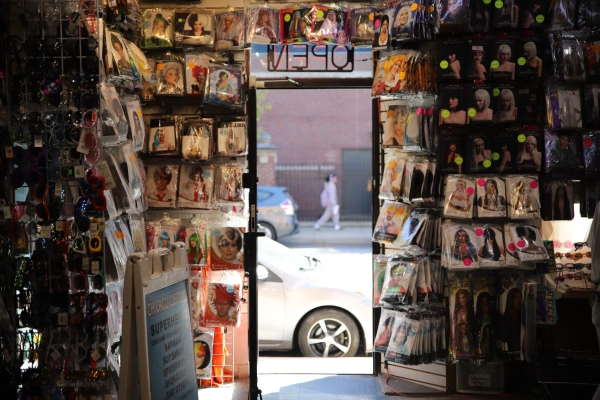OPINION: Chicago just took the lead over Covid-19. We are turning it over to indoor dining.
Patrons eat indoors at Cozy Corner, located in Oak Park.
I want to be sitting at a bar, sipping a drink and snacking on an appetizer just as much as the average person does. But what I want more is to see people healthy and stop hearing the stories about friends and loved ones dying. It’s been almost a year now, but hearing these stories doesn’t hurt any less.
Cases of Covid-19 are just now dropping in Chicago with an 8.7 percent seven-day rolling average positivity rate. We are finally seeing progress being made after a terrifying couple of months of having close to a 16 percent positivity rate. We closed restaurants for indoor dining back in late October when the rate began soaring again and it took another two and a half months to see real progress.
On Jan. 23, Chicago and Cook County bars and restaurants received the green light from both Mayor Lori Lightfoot and Governor J.B. Pritzker to resume limited indoor dining. Restaurants are open to seat guests at no more than 25 percent capacity or a 25-person max, whichever is less. For at least half of the pandemic, restaurants have been closed to indoor dining as they are perceived as the leading causes for widespread Covid-19 infections.
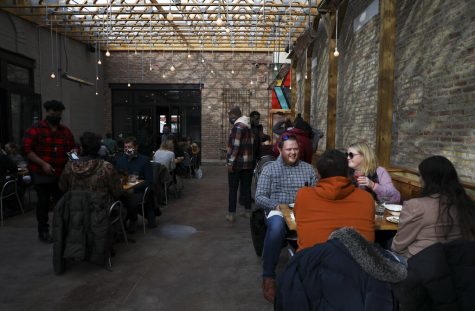
While this is uplifting news for restaurant owners, workers and Chicago food lovers, it’s very ill-timed and not extremely thought out in terms of what can happen within the next few weeks.
On Jan. 15, a week prior to this decision, health officials announced that the more contagious U.K. Covid-19 variant has been identified in Chicago. The CDC has stated that this new strain will likely account for the majority of U.S. cases by March.
Yes, we will hit another March. With restaurants reopening for indoor dining and the emergence of this highly contagious strain, it’s likely that this March could be worse than last.
Some who are in support or partaking in indoor dining themselves trust that Lightfoot and Pritzker have been taking the advice from public health officials and weighed the risks effectively.
“There is a very delicate balance that Major Lightfoot is keeping,” said Kim Amer, an associate professor at DePaul University’s school of nursing. “She is basing her decision on the trend of lowered cases in the past week. The holiday surges have calmed down and the hope is that cases will continue to decline.”
Despite taking the advice from public health officials, there are just too many risks with this new strain and other developing strains soon to come.
It is reckless to open Chicagoans to dining rooms again when we simply do not know all of the risks of the variant. We are not even fully certain if all of the vaccines are completely efficient towards it yet since research is still ongoing and being monitored. Sure, we are seeing a downward trend of cases, but it will not last long when the risks of contagion are now higher.
Many are skeptical that with this new strain, restaurants may have to close again by early or late March.
“The CDC says the new variant will be the dominant strain by March,” said Craig Klugman, a professor of public health and bioethics at DePaul. “That strain has been reported as 50 percent more contagious and may be 30 percent more deadly. If I had to guess, I would say that we will have to close down indoor dining again in the next four to six weeks to avoid overwhelming our hospitals.”
To open restaurants for indoor dining again is like hopping back on a roller coaster after your stomach showed signs of being a little less queasy. It’s like putting your worst free-throw shooter in at the end of the game where you need to draw fouls to keep the lead-up. It will ruin the progress that many Chicagoans made these past couple of months — it will send cases soaring.
And when cases do soar, it will only bring on the same pain that restaurant owners and workers have been feeling already for months. But this time, it will hurt more when hope is instilled and lost again.
For some workers, many feel that opening at 25 percent capacity or limited to only 25 people will not make much of a difference in terms of how much quick cash they can make versus the amount of risk they are at. If health officials, Lightfoot and Pritzker waited a couple more weeks, the positivity rate could have decreased even more, allowing for a higher capacity to be accepted.
“I think it’s far too early to be opening for indoor dining again, in addition to the fact that opening to 25 percent really doesn’t serve a purpose to me,” said Leo Dominique, a bartender and inventory manager at a Lakeview neighborhood bar.
I and many others sympathize with the thousands of restaurant owners in Chicago. I relate to the food service employees who lost their jobs or were furloughed when restaurants closed for indoor dining.
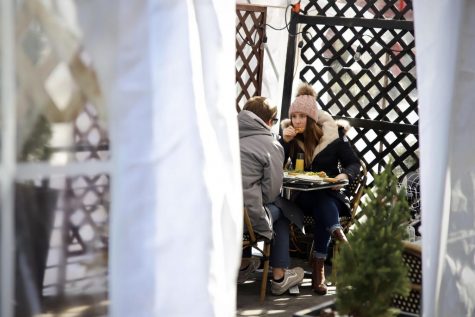
But while working in a restaurant myself, I know how risky it is to open a space up for strangers to take their masks off eating and drinking around each other, and I know that there are a select amount of diners themselves who do not follow the guidelines in place that are meant to keep people safe.
“I do not feel that the safeguards are sufficient,” Dominique said. “All Covid-19 enforcement is enforced on the backs of the workers. Things that are in place are not in place for the benefit of the workers.”
When restaurants reopened for dining and cases decreased over the summer, I had a sense of hope that maybe this was almost over. But when the second closing came in late October, I and thousands of other food service employees were out of a job and practically out of hope. To see your business defeated and to be out of a job hurts like nothing else when you were just getting used to normalcy again.
“Restaurants and bars, particularly small independent operators and their workers, have faced economic devastation since March,” said Matt Ragas, an associate professor of public relations and advertising at DePaul. “As a proponent of local businesses and entrepreneurs, I feel so terrible for them. Unfortunately, we know that person-to-person transmission and larger gatherings are breeding grounds for Covid-19 spread.”
Cases rising after indoor dining reopens does not necessarily mean that people are getting the virus from indoor dining itself, but it does mean that people who tend to eat out more during the pandemic are more likely to be people engaging in riskier behavior.
“There is correlative evidence that people who eat out more are more likely to contract Covid-19,” Klugman said. “That does not mean they are getting it from indoor dining. Indoor dining may signify that people take part in riskier behaviors that do put them in closer contact with the virus.”
Our politicians say reopening restaurants and bars for indoor dining is a decision made to help workers and business owners. But it’s not all about helping businesses or people, it’s about serving the economy. When there is very little to no assistance being given to these establishments from the federal government — people are still on their own.
If it truly was all about the workers and small business owners, then there would’ve been more assistance provided by the government in the first place. The fear owners and employees had about failing businesses was because during a devastating pandemic, the government didn’t do enough to help or protect them from collapse.Early this past month, Crain’s Chicago Business reported that thousands of Chicago restaurant owners were upset over Illinois’s distribution grants and lack thereof. Restaurant operators were encouraged by the state to apply for a grant funded by the CARES Act. Many were misled to believe that a grant would be coming their way.
Out of nearly 50,000 applications, only 9,000 businesses were given grants. Applicants and restaurant owners in Illinois shared that they felt the $290 million available was not evenly distributed amongst businesses and were left abandoned by their government.
There hasn’t been enough assistance where assistance is needed. There needs to be more financial help in this city. There needs to be more vaccines given to essential workers and Chicago citizens.
“Public health needs to remain the number one priority,” Ragas said. “Sure, there is a balancing act between public health and the economic health of the public, but if we can’t get this pandemic under control, then businesses will never be able to fully recover. As such, a cautious, science-driven approach needs to continue to be taken to any and all aspects of indoor dining.”
Placing the responsibility on Chicagoans, business owners and restaurant workers to uphold Covid-19 guidelines and keep themselves afloat is leaving them in desperation, attempting to work their way through an uncontrollable pandemic they cannot safely work through.
There is a more contagious strain now present, and there is no doubt that as restaurants and bars open for indoor dining, cases will climb again.
And when that does happen, it will be food service employees and owners punished. It will be Chicagoans punished.
The politicians who make these ill-thought-out and risky decisions will not be punished. Opening restaurants and bars right now just as we’re making real progress is only placing a false sense of hope in people that could easily be ripped away in a matter of days or weeks.
I want to be working and serving people again just as much as I want to enjoy a meal indoors at a restaurant. But knowing that the expense of that means more people will get sick and more will die, the government and our politicians should instead be helping people directly instead of sending them to risk their lives working.



